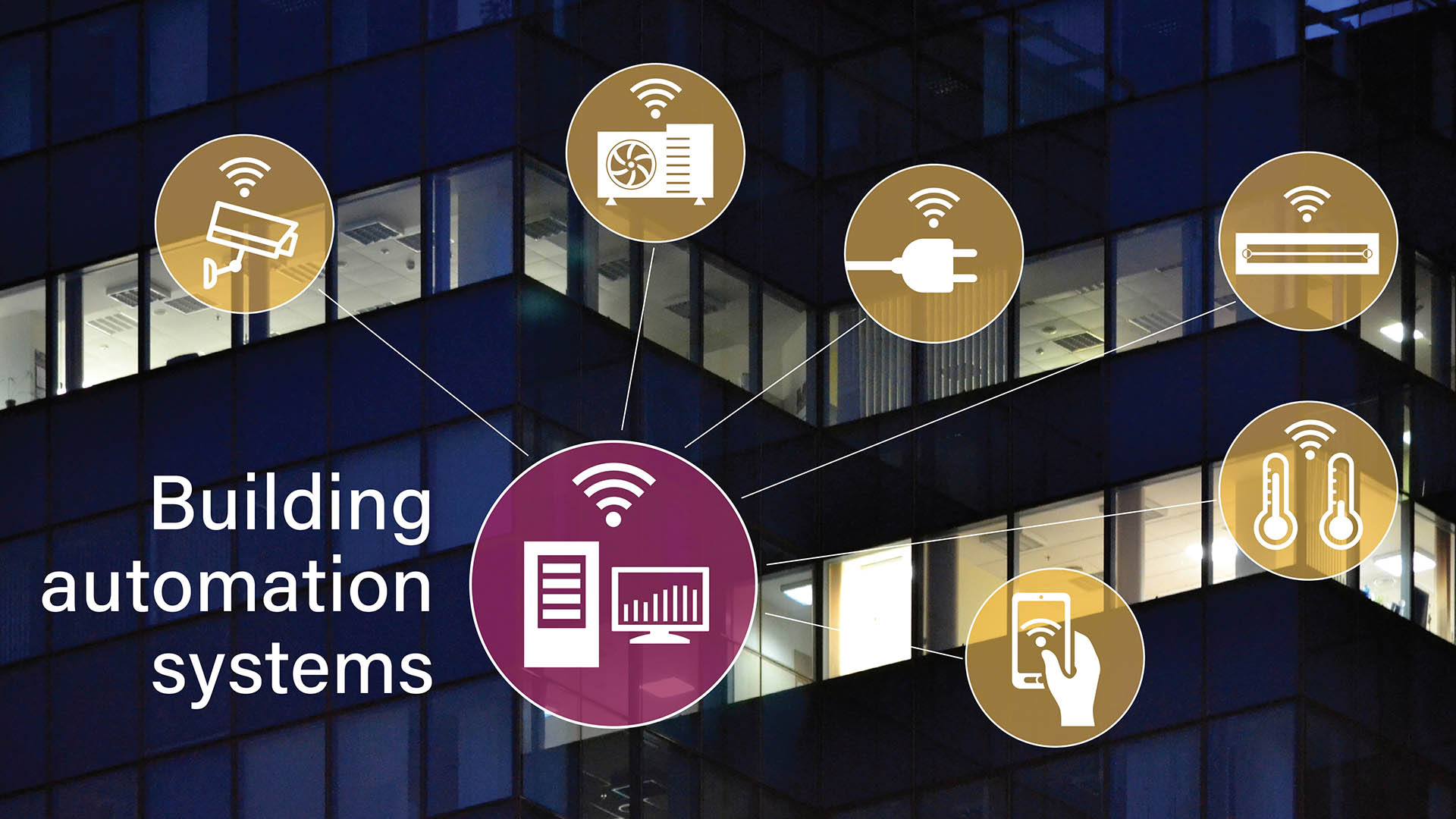Article Body
📰 Building Automation Systems market: Driving Smart Infrastructure for a Sustainable Future
Introduction
The global Building Automation Systems (BAS) market is undergoing a significant transformation as urbanization, energy efficiency demands, and digital innovations converge. From commercial offices to healthcare facilities and smart homes, BAS is no longer just a convenience—it has become a core enabler of sustainable, connected, and intelligent infrastructure.
Recent research indicates that the Building Automation Systems market is projected to expand robustly over the next decade, supported by rising adoption of IoT, AI-driven energy management, and cloud-based platforms. This article takes a closer look at the market outlook, trends, opportunities, competitive landscape, and regional dynamics shaping the industry.
What is a Building Automation System (BAS)?
At its core, a Building Automation System integrates hardware and software to monitor and control heating, ventilation, air conditioning (HVAC), lighting, security, and energy systems within buildings. The system acts as a “digital brain,” ensuring optimal efficiency, occupant comfort, and reduced operating costs.
Modern BAS platforms are becoming increasingly intelligent, incorporating AI, predictive analytics, and IoT connectivity to proactively manage building performance rather than simply reacting to real-time changes.
Market Growth Outlook
The Building Automation Systems (BAS) Market is on a strong growth trajectory, with the global market projected to reach US$ 183.44 billion by 2035, up from US$ 84.77 billion in 2024. This growth represents a CAGR of 6.9% between 2025 and 2035, fueled by rising demand for energy-efficient infrastructure, smart city initiatives, and the integration of IoT-enabled technologies. As businesses and governments push toward sustainability, BAS adoption is becoming central to creating intelligent, connected, and environmentally responsible buildings.
Key growth drivers include:
-
energy efficiency Regulations – Many countries are introducing stricter building codes to minimize carbon footprints.
-
Smart Cities Initiatives – Governments worldwide are investing in smart city projects, accelerating BAS adoption.
-
IoT Integration – The rise of connected sensors and devices is making BAS more data-driven and cost-effective.
-
Sustainability Goals – Corporates are aligning with ESG (Environmental, Social, and Governance) frameworks, driving investments in green buildings.
Industry experts highlight that BAS adoption is particularly strong in commercial real estate, healthcare, retail, and industrial sectors where operational efficiency and security are mission-critical.
Explore Comprehensive Market Insights: https://nextgenintelligencestats.com/building-automation-systems-market
Key Market Trends
-
IoT & Cloud-Based Platforms
BAS is evolving from on-premise systems to cloud-based platforms, enabling real-time remote monitoring and predictive analytics. -
AI-Powered Automation
Artificial intelligence is enhancing BAS by forecasting energy needs, detecting anomalies, and automating fault management. -
Integration with Renewable Energy
Solar panels, energy storage, and electric vehicle (EV) charging stations are being seamlessly integrated into modern building systems. -
Cybersecurity in BAS
With increasing digital connectivity, cybersecurity is becoming a top priority to protect sensitive building and tenant data. -
User-Centric Interfaces
Occupants now expect intuitive, app-based interfaces to control lighting, temperature, and access in real time.
Market Segmentation: A Closer Look
The Building Automation Systems (BAS) Market is segmented across multiple dimensions.
-
By Product: Hardware, Software, and Services form the core offerings driving system deployment.
-
By System: Key categories include Security & Surveillance, HVAC Systems, Lighting Solutions, Building Energy Management Systems (BEMS), and other integrated solutions.
-
By Application: BAS adoption spans the Commercial, Residential, and Government sectors, along with other specialized industries.
This layered segmentation reflects how BAS technologies are being adopted across diverse sectors to enhance energy efficiency, safety, and operational intelligence.
Regional Insights
📍 North America – Leads the BAS market with strong adoption in smart offices, healthcare facilities, and government projects. Stricter energy codes and early adoption of IoT drive the market here.
📍 Europe – Countries such as Germany, UK, and France are promoting net-zero building standards, pushing demand for automation solutions.
📍 Asia-Pacific – Expected to witness the fastest growth, particularly in China, India, and Japan, fueled by rapid urbanization and government-led smart city projects.
📍 Middle East & Africa – Large-scale infrastructure development in the UAE, Saudi Arabia, and South Africa is contributing to rising adoption.
📍 Latin America – Brazil and Mexico are investing in sustainable construction to optimize energy costs in commercial real estate.
Competitive Landscape
The BAS market is highly competitive, with global players focusing on innovation and partnerships to expand their portfolios. Leading companies include:
-
Siemens AG
-
Honeywell International Inc.
-
Johnson Controls
-
Schneider Electric
-
ABB Ltd.
-
Delta Controls
-
Carrier Global Corporation
-
Emerson Electric Co.
These companies are investing in AI-driven automation, wireless sensor technologies, and cloud-native platforms to deliver integrated solutions that balance cost savings with sustainability.
Challenges in the Market
While growth opportunities are significant, challenges remain:
-
High Initial Investment – Many building owners hesitate due to upfront costs.
-
Integration Complexity – Legacy systems often require extensive upgrades to be compatible with modern BAS.
-
Cybersecurity Threats – Increasing digitalization brings vulnerabilities.
-
Skilled Workforce Shortage – A gap exists in skilled professionals to manage advanced BAS technologies.
Addressing these challenges will be critical for accelerating BAS adoption at scale.
Future Outlook
Looking ahead, the Building Automation Systems market is expected to become the backbone of smart and sustainable infrastructure worldwide. By 2035, most urban construction projects will incorporate some level of automation, AI-driven energy management, and predictive maintenance tools.
Key opportunities lie in:
-
Integration with smart grid technologies
-
AI-based real-time energy optimization
-
Blockchain-powered building data security
-
Cross-industry partnerships for smart cities
Conclusion
The Building Automation Systems market is at the forefront of redefining how we live and work. As sustainability, digital transformation, and energy efficiency become non-negotiable, BAS will transition from a niche solution to a mainstream infrastructure necessity.
For organizations, adopting BAS is not just about compliance—it is about future-proofing assets, enhancing user experience, and contributing to global climate goals. With strong momentum in technology and policy, the BAS market is poised for a decade of sustained innovation and expansion.
Access Exclusive Market Data – Get a Sample Report Instantly - https://nextgenintelligencestats.com/request-sample-report/56



Comments